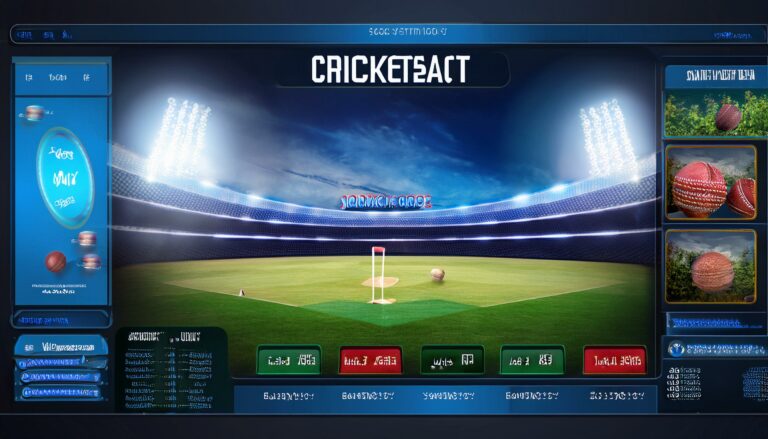Cricket and Green Infrastructure Planning: Urban Green Spaces: 11xplay online id, India24bet login, Skyinplay
11xplay online id, india24bet login, skyinplay: Cricket and Green Infrastructure Planning: Urban Green Spaces
In recent years, the importance of green spaces in urban areas has been increasingly recognized for their role in enhancing the quality of life for city residents. Urban green spaces, such as parks, gardens, and recreational areas, provide numerous environmental, social, and economic benefits. Aside from providing residents with a place to relax, exercise, and connect with nature, green spaces can also help mitigate the effects of climate change and improve air and water quality.
Cricket, a popular sport played and followed by millions around the world, can also benefit from the incorporation of green infrastructure planning in urban areas. By integrating cricket facilities with green spaces, cities can create sustainable and environmentally friendly sports venues that contribute to the overall well-being of their residents.
Benefits of Urban Green Spaces for Cricket
1. Improved Air Quality: Green spaces act as natural filters, helping to absorb pollutants and improve air quality. By locating cricket facilities in green areas, players and spectators can enjoy cleaner air while engaging in the sport.
2. Enhanced Biodiversity: Green spaces provide habitats for various plant and animal species, contributing to biodiversity conservation. Cricket grounds nestled within green areas can benefit from the presence of diverse flora and fauna, creating a more vibrant and eco-friendly environment.
3. Climate Change Mitigation: Trees and vegetation in green spaces help sequester carbon dioxide, contributing to efforts to combat climate change. By incorporating green infrastructure into cricket facilities, cities can play an active role in reducing greenhouse gas emissions and promoting environmental sustainability.
4. Social Cohesion: Green spaces serve as gathering places for communities, fostering social interaction and cohesion. Cricket grounds located in urban green spaces can become hubs for social activities and sporting events, bringing people together and strengthening community bonds.
5. Health and Well-being: Access to green spaces has been linked to improved physical and mental health outcomes. By integrating green areas into cricket facilities, cities can promote active lifestyles and well-being among players and spectators.
6. Economic Benefits: Green spaces contribute to the economic vitality of urban areas by attracting tourists, supporting local businesses, and increasing property values. Cricket facilities surrounded by green infrastructure can enhance the overall appeal and value of the surrounding area.
FAQs
1. How can cities incorporate green infrastructure into existing cricket facilities?
Cities can improve the sustainability of cricket facilities by planting trees and vegetation around the grounds, installing rain gardens and permeable surfaces to manage stormwater, and using eco-friendly materials in construction and maintenance.
2. What role can local communities play in promoting green spaces for cricket?
Local communities can advocate for the development of green infrastructure in and around cricket facilities, participate in tree planting and maintenance activities, and organize community events and programs to raise awareness about the importance of green spaces.
3. Are there any drawbacks to integrating green infrastructure into cricket facilities?
While there are numerous benefits to incorporating green spaces into cricket facilities, challenges may arise in terms of funding, maintenance, and land availability. Cities and stakeholders must work together to address these obstacles and ensure the sustainable development of urban green spaces for cricket and other recreational activities.
In conclusion, the integration of green infrastructure planning in urban cricket facilities offers a win-win solution for cities, residents, and the environment. By prioritizing green spaces in the design and maintenance of cricket grounds, cities can create sustainable, resilient, and inclusive sporting venues that benefit communities and ecosystems alike.







